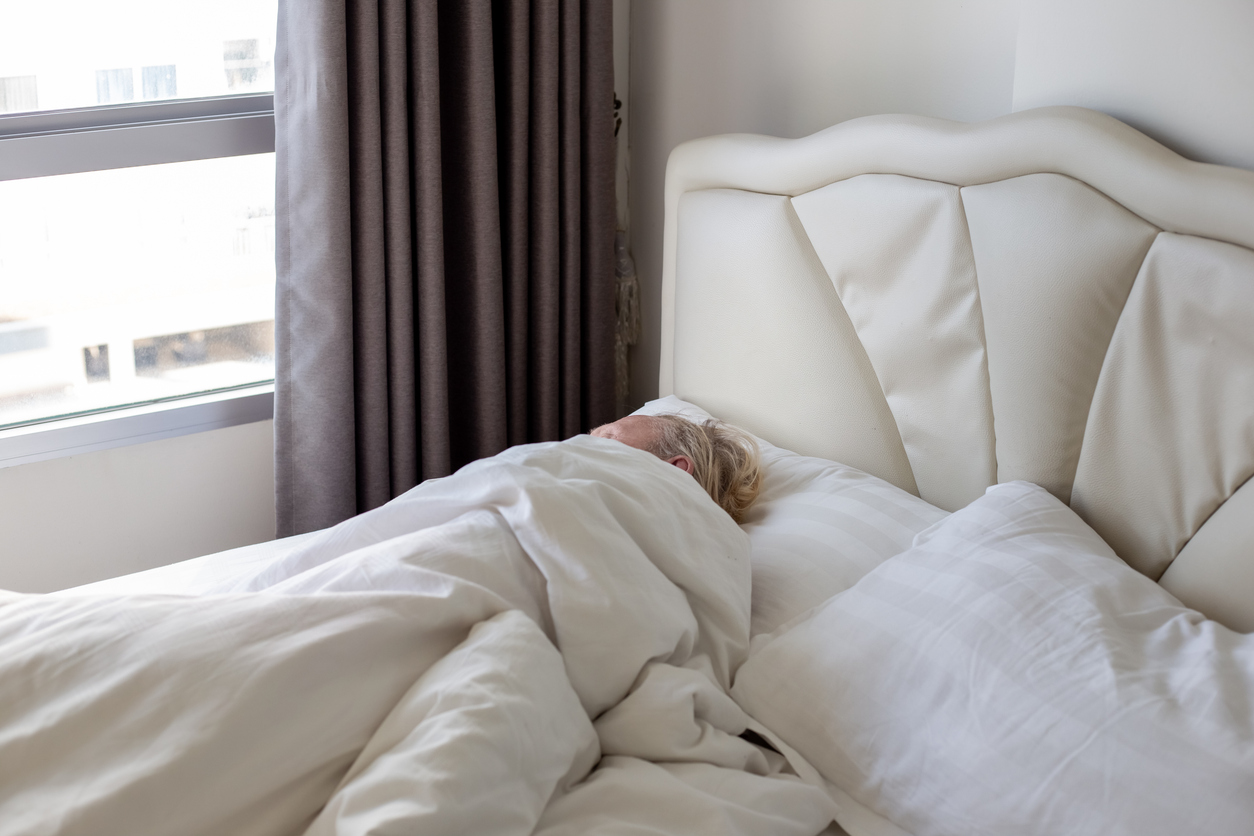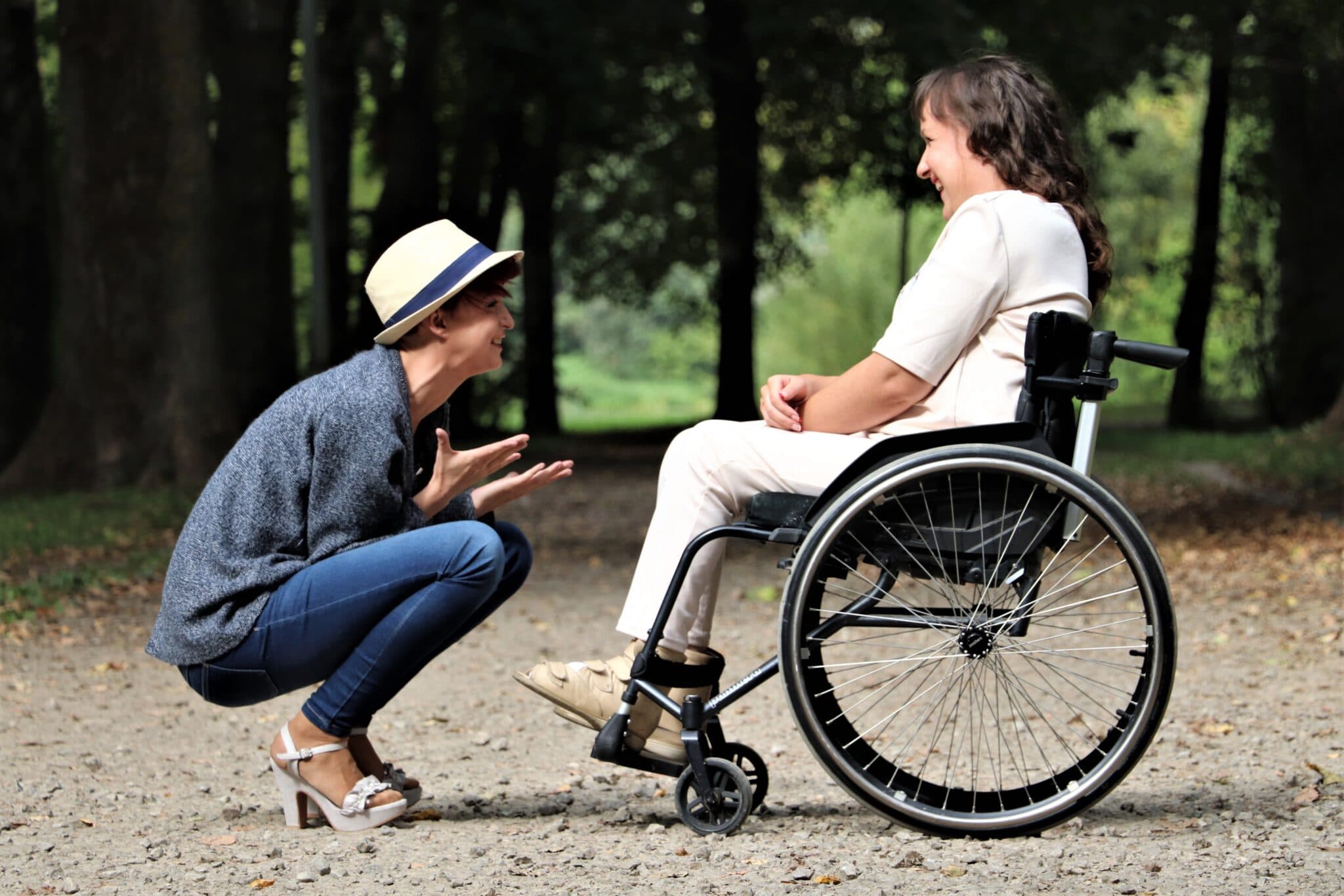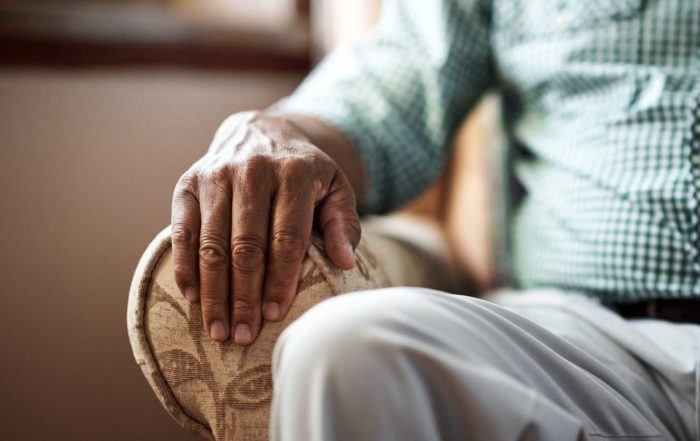10 Ways to Improve Poor Circulation
Social Links
Act now to improve your circulation suggests Dr Rob Hicks
Diagnosed with poor circulation? What does that actually mean… and what can we do about it?
What is poor circulation?
Poor circulation quite simply refers to when one or more parts of the body has inadequate blood flow. The good news is that circulation can be improved.
Our circulatory system is made up of three parts: the heart, blood vessels and the blood. The heart keeps the blood in the circulatory system flowing. The blood travels through a network of blood vessels around the body, carrying oxygen, water and nutrients and removing waste products such as carbon dioxide.
Symptoms of poor circulation:
The extremities (ie your hands and feet) often show the most noticeable symptoms of poor circulation, and they may feel cold or numb outlines Diabetes UK.
Poor circulation symptoms include hair loss on the feet or legs, along with dry or cracked skin and brittle toe nails. Wounds can be slow to heal too.
What causes poor circulation:
The risk of developing poor circulation is increased by diabetes, high blood pressure and high cholesterol, as they can lead to plaque build-up inside the arteries, making these narrowed and hardened.
Lifestyle factors play a significant role in causing poor circulation. Smoking, for example, increases the risk of poor circulation by encouraging plaque build-up. Being overweight, having a poor diet and lack of exercise increase the risk of high blood pressure and type 2 diabetes.
And naturally, the ageing process does have an impact according to Age UK:
“It is common for older people to suffer from poor circulation as numerous changes take place that can slow the circulation of blood as you age. The receptors that monitor your blood pressure become less sensitive which makes it difficult to regulate your blood flow, while the walls of your capillaries thicken, and the arteries thicken and stiffen as well. Other changes that take place as you age occurs in the blood itself, such as the total water volume in your body reducing and red blood cells replacing at a slower rate.”
How to improve poor circulation
Poor circulation is a condition that we can improve, and small changes can lead to satisfying benefits and lessening of poor circulation symptoms. When recommending how to improve circulation of the feet, hands and other areas, it is vital to look at the cause. If a long-term health condition is behind the issue, this is something to talk to your GP about.
But in terms of general guidance, consider the following tips when thinking about ways to improve poor circulation, minimise the causes of poor circulation, and reduce the symptoms of poor circulation:
- Diet. Keeping fatty, processed, sugary and salty food to a minimum is a good idea and the last decade has seen a surge of evidence that following a Mediterranean diet is a great way forward. This means daily consumption of vegetables, fruits, whole grains and healthy fats. Weekly intake of fish, poultry, beans and eggs can be enjoyed alongside moderate portions of dairy products and limited intake of red meat.
- Make sure you drink enough water. Did you know that around 70% of our body is made up of water? Research suggests that dehydration has a negative effect on circulation. The British Dietetic Association outlines that “adults should drink 1.5 to two litres of fluid a day”. This is the equivalent to around six to eight mugs of fluid. So, keep a bottle of water close at hand and have regular sips. I love water as it is, but some like to flavour it with lemon or other fruit to make it more palatable.
- Move around more. Exercise helps combat health conditions and diseases associated with poor circulation, such as type 2 diabetes and heart disease, plus it helps to control weight.
It may be challenging for some people to incorporate exercise within a daily or weekly routine but it can be a great way to improve circulation. Swimming, yoga and brisk walking are good starting points, as are ankle pump exercises.
If getting to your feet is difficult, making use of mobility furniture that helps you stand up, such as rise and recline chairs and adjustable beds, can be a practical way to enable you to move more easily.
- Improve circulation in feet and legs by elevating them. Raising your legs above the level of the heart can take pressure off your veins, reduce swelling and improve blood flow back to the heart. You can raise your legs with a foot stool, pillows or with specially designed recliner chairs and adjustable beds. One of the main benefits of mobility furniture is that it is designed so no added pressure is placed on the knees, calves or heels.
- Massage your way to improved circulation. As well as making you feel relaxed, massage can improve circulation. Massage your own feet, legs, arms and hands or go to a suitably qualified professional. Here’s more information about foot massage techniques. Don’t forget that some rise and recline chairs have massage functions too.
- Don’t smoke. Not smoking is an essential step to improving circulation. Smoking hinders your blood from circulating as it should by damaging and narrowing your arteries. After just 20 minutes without smoking your pulse rate is beginning to return to normal. And blood circulation improves after two to 12 weeks without a cigarette.
- Compression garments may be recommended by healthcare professionals for a number of circulation-related issues such as varicose veins and venous leg ulcers. These garments, such as stockings, compress your tissue and help increase the blood flow through back to the heart while reducing swelling. It’s usually recommended that you wear them during the day and take them off at night.
- Home improvements can help lead to better circulation. Begin by decluttering so you have the space to get up and walk round easily. Enlist the help of a friend or relative if the task seems daunting. As your home becomes clearer and even more pleasant to spend time in, you will become more motivated to make further positive changes. Reconfigure furniture so that you have clear routes from room to room, and you don’t have to worry about obstacles.
If you sit for long periods, set a timer to remind you to get up out of your chair at regular intervals. If you have difficulty in standing up from your chair, consider a rise and recline chair that helps you to a standing position. Think about the furniture that you have and whether different choices could enable you to stand up to get moving, and more easily elevate your feet and legs to improve your circulation when you are sitting down.
If you decide to upgrade to a rise and recline chair or adjustable bed, make sure you engage with a company that is passionate about developing mobility furniture and solving real challenges.
Diagnosed with poor circulation? A little sustained focus on your health, lifestyle and home can bring about changes that should improve the situation.
*This website contains general medical information. The medical information is not advice and should not be treated as such. Read our full Medical Disclaimer here.



